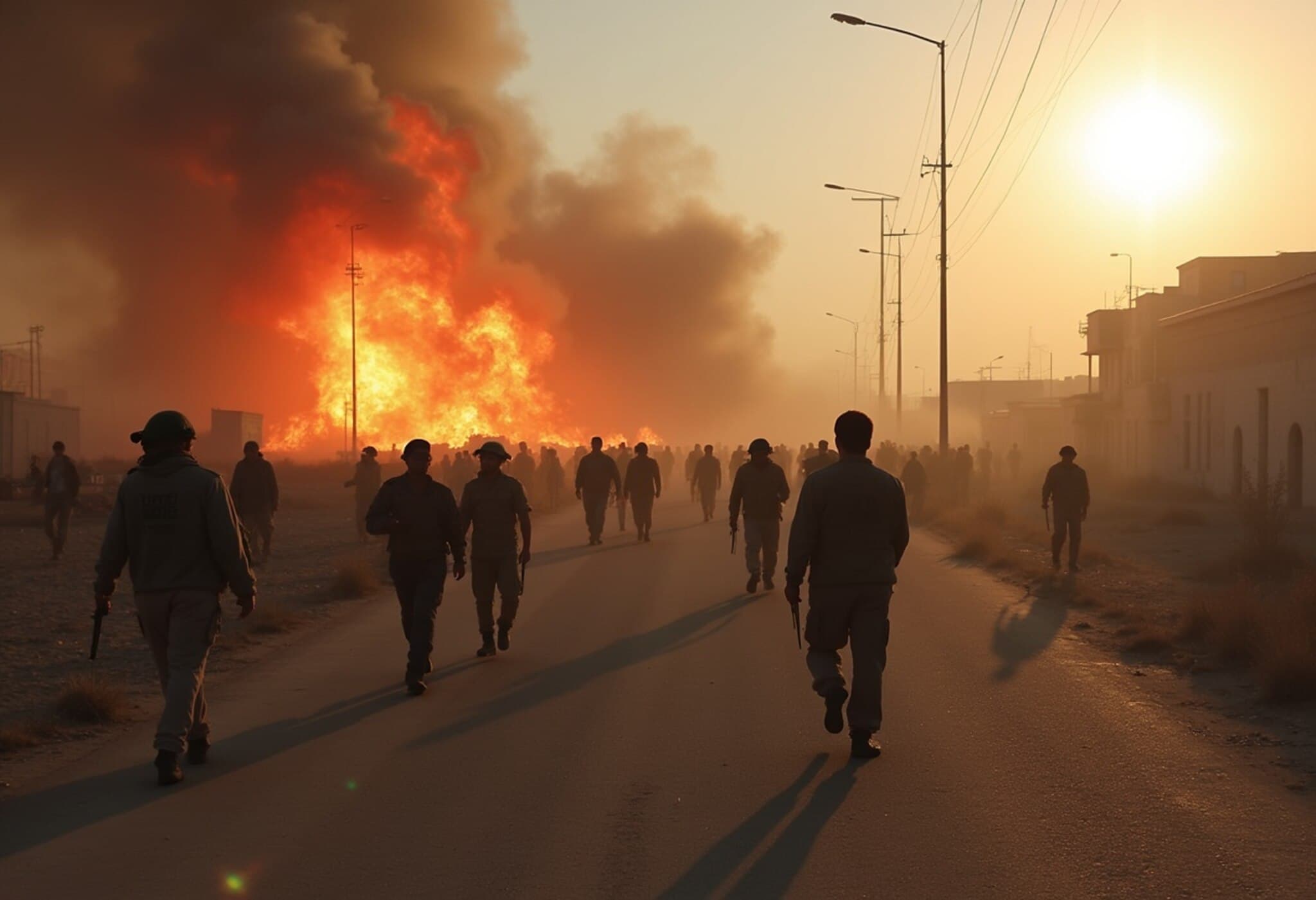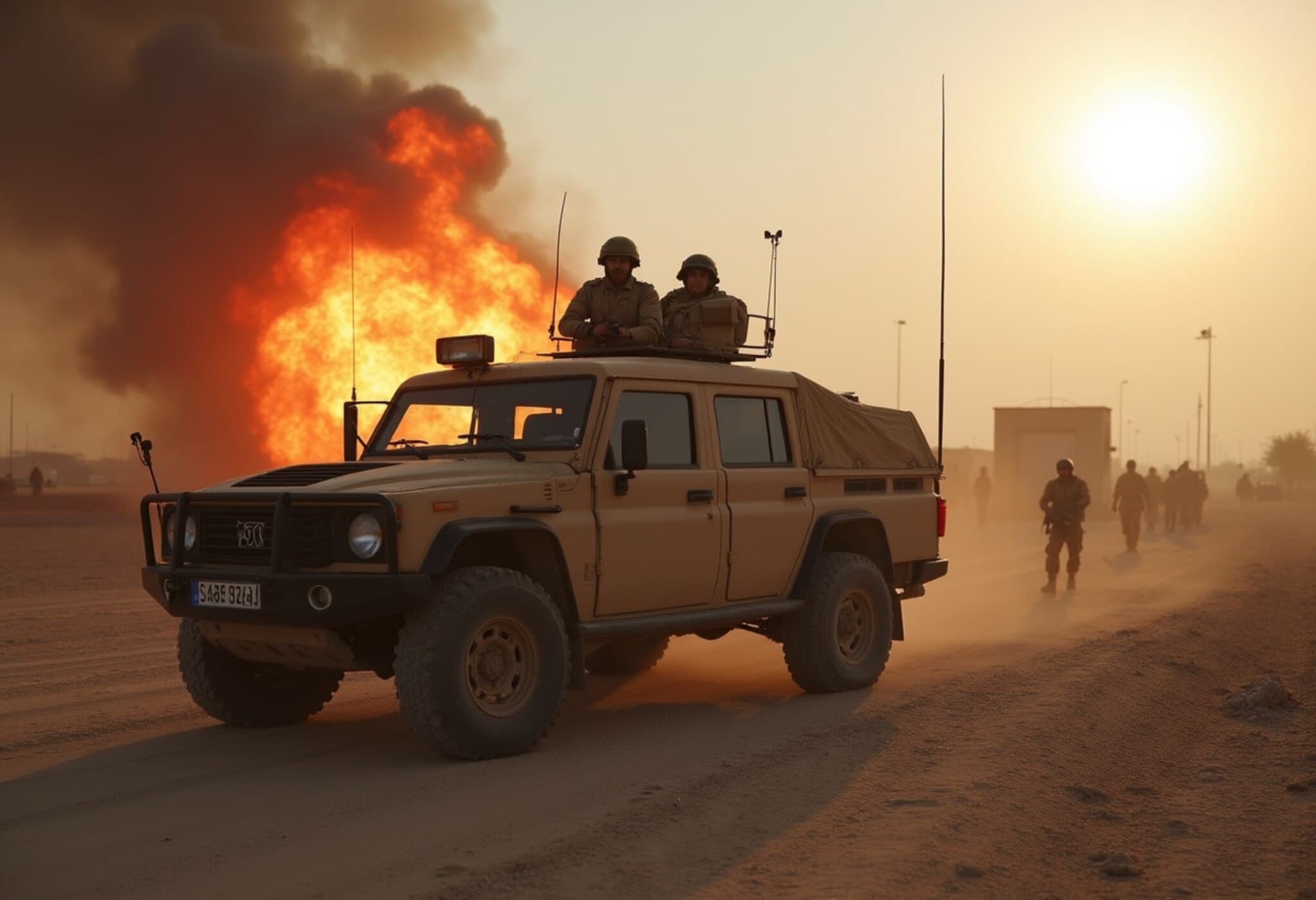ISIS Seeks Comeback After Assad's Fall
The Islamic State (ISIS) appears to be seizing the chaotic aftermath of Bashar al-Assad's regime collapse in Syria as an opportunity to reassert its influence across Syria and Iraq. After years of lying low, the extremist group has reportedly begun reactivating fighters and sleeper cells, ramping up recruitment, and distributing weapons in the two countries.
Rising Threats Amid Vigilant Security Efforts
While ISIS has initiated numerous plots this year, multiple high-profile attacks have been thwarted by alert security forces in both Syria and Iraq. According to intelligence gathered through aerial surveillance and ground operations, ISIS activity has notably increased in northern Iraq’s Hamrin Mountains, a traditional stronghold, and along strategic transit routes.
Weapon Stockpiles and Smuggling Concerns
Iraqi officials warn that large caches of arms seized from Assad’s forces could be fueling ISIS’s resurgence. Some fear these weapons might be smuggled across borders, further complicating regional security dynamics.
ISIS Moves on Multiple Fronts
Following the fall of Assad’s regime in December, ISIS reportedly dispatched envoys from Raqqa to coordinate strikes in Iraq. Although an attempted suicide bombing in northern Iraq was intercepted timely, these moves confirm the group's intention to exploit ongoing instability.
In Syria, ISIS is believed to have shifted some fighters from desert strongholds to major urban centers like Aleppo, Homs, and Damascus. Syrian officials acknowledge ISIS as a top security challenge and are intensifying intelligence and counterterrorism measures to contain the threat.
Declining Attacks but Persistent Danger
Data indicates a decrease in ISIS-claimed attacks compared to previous years—roughly one-third of last year's numbers in Syria and far fewer in Iraq so far in 2025. Yet experts caution this downturn may signal strategic recalibration rather than outright weakening.
At its peak between 2014 and 2017, ISIS controlled large parts of Iraq and Syria, imposing brutal rule over millions. Since losing its territorial grip in 2019 due to coalition and local partner efforts, the group has continued insurgent activities despite relentless military pressure.
Regional Responses and International Outlook
- Iraq maintains close communication with Syria to address the shared ISIS threat.
- Coalition airstrikes and raids have disrupted ISIS hideouts, capturing or eliminating numerous militants.
- Enhanced intelligence capabilities, including drone surveillance, have sharpened counterterrorism operations.
Despite these efforts, the resurgence of ISIS underscores the fragility of stability in a region still grappling with post-conflict reconstruction and governance challenges.
What's Next in the Fight Against ISIS?
Though ISIS remains a shadow of its former self, ongoing vigilance is paramount. The group’s ability to adapt and strategize suggests it remains a potent threat. Regional governments, backed by international allies, continue to bolster measures to prevent any return to the levels of violence witnessed during ISIS’s reign.



















